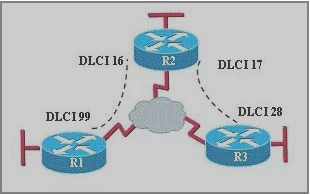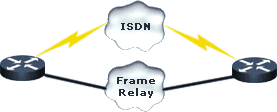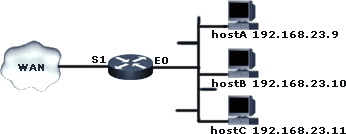Difference between Classful and Classless Routing
Classful
* Classful routing protocols strictly follow the subnet masks i-e. for Class A (8-bit prefix or /8), B (16-bit prefix or /16), and C (24-bit prefix or /24).
* Do not carry subnet mask information on their routing updates. This makes them unsuitable for hierarchical addressing that require Variable Length Subnet Mask (VLSM) and discontiguous network.
* All devices in the network must use the same subnet mask therefore when running a classful routing protocol on a network, make sure you use the same subnet mask everywhere. Otherwise, routing black holes can occur.
* RIP v1 and IGRP are classful routing protocols.
Classless
* Classless routing protocols do carry subnet mask information on their routing updates.
* Allow summarization of routes into smaller, more manageable groups.
* Classless routing is also known as supernetting or Classless Inter-Domain Routing (CIDR).
* Classless routing protocols extend the standard Class A, B, or C IP addressing scheme by using a subnet mask or mask length to indicate how routers must interpret an IP network ID.
* Classless routing protocols include the subnet mask along with the IP address when advertising routing information. Subnet masks representing the network ID are not restricted to those defined by the address classes, but can contain a variable number of high-order bits. Such subnet mask flexibility enables you to group several networks as a single entry in a routing table, significantly reducing routing overhead.
* Classless routing protocols includes RIP v2 and OSPF, Border Gateway Protocol version 4 (BGP4) and Intermediate System to Intermediate System (IS-IS).









